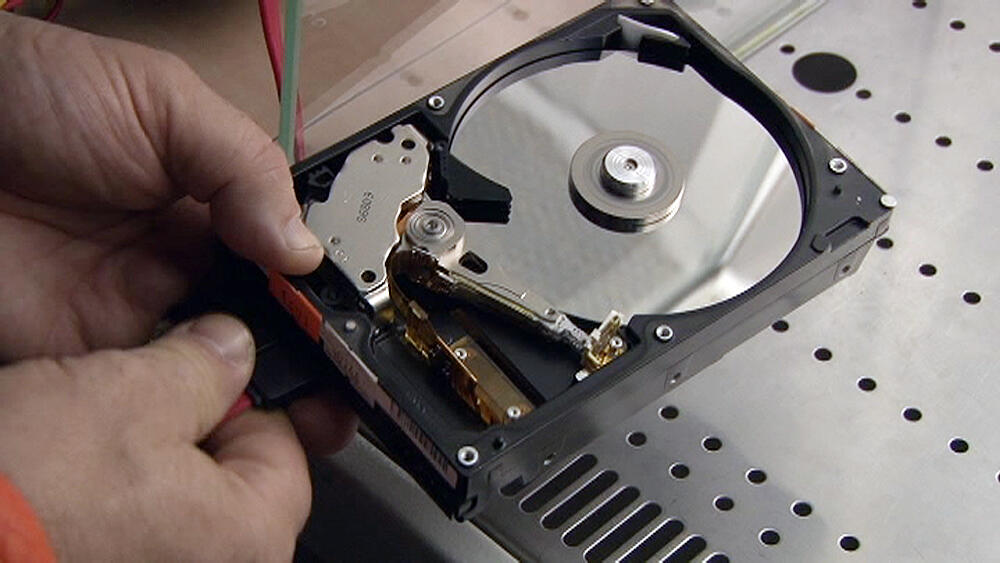We are on the brink of a digital revolution — one that’s quietly reshaping the Internet as we know it. While headlines often focus on Bitcoin’s price swings or the latest crypto scandal, the real story is far more profound: Web3 is transforming our daily digital routines into income-generating opportunities.
Yes, you read that right. Your everyday digital life — from browsing the web to playing video games — is now a potential source of income. It’s not just a new trend; it’s a fundamental shift in how value is created and distributed online.
For the last two decades, our digital economy has been dominated by a handful of tech giants — the Googles, Facebooks and Amazons of the world — that have built empires by monetizing our data, our creativity and our attention. They’ve profited handsomely from what we willingly give away for free. Web3 flips that model on its head by letting individuals — not corporations — capture the value they create. Here’s how it works.
Your Bitcoin can now work for you
Bitcoin is no longer just a speculative asset or “digital gold.” It’s evolving into something far more practical: a powerful tool for earning passive income.
Platforms like Nexo and Ledn allow Bitcoin holders to lend their crypto to institutional borrowers and earn interest in return. Think of it as putting your BTC into a high-yield savings account — only this one isn’t controlled by a bank. The beauty of this system is that your Bitcoin remains yours. By providing liquidity, you earn a portion of the fees collected from borrowers — a far cry from traditional banking models where your deposits generate profits for the bank, not you.
Decentralized finance (DeFi) platforms like Uniswap take this concept even further. Users can deposit their crypto into liquidity pools that power token swaps. Each time a trade occurs, liquidity providers earn a slice of the transaction fees. In essence, Web3 turns you into a market maker — a role once reserved for Wall Street insiders.
Turning playtime into paytime
For decades, parents scolded their kids for spending too much time playing video games. But Web3 is making that warning obsolete.
Take Enjin, a platform that integrates blockchain-based items into gaming. By completing quests or winning battles, players can earn Enjin-backed NFTs — digital collectibles with real-world value. Unlike traditional in-game rewards, these NFTs can be traded or sold on global marketplaces. Gamers are no longer just consumers — they’re entrepreneurs in virtual worlds.
Meanwhile, Axie Infinity has turned gaming into a full-fledged profession for some players. By breeding, battling and trading fantasy creatures called Axies, players can earn tokens that translate directly into cash. In regions like Southeast Asia, some families are supplementing — or even replacing — their income through this model.
Earning from what’s already yours
What if I told you your unused computer storage could earn you money? That’s exactly what platforms like Storj and Arweave offer.
Instead of relying on centralized giants like Google Drive or Dropbox, these Web3 platforms distribute data across networks of individual storage providers. By offering up spare hard drive space, users earn tokens in exchange for hosting encrypted file fragments. It’s a win-win: users gain secure, decentralized storage, while storage providers get paid for resources they weren’t even using.
Arweave takes this concept a step further by introducing permanent data storage. Users pay a one-time fee to ensure their data is hosted indefinitely — and storage providers earn AR tokens for maintaining it.
This model challenges Big Tech’s stranglehold on cloud services. More importantly, it proves that individuals — not corporations — can be the backbone of a decentralized internet.
Browsing for bucks
Even something as simple as browsing the web is becoming profitable.
The Brave browser pays users in BAT (Basic Attention Tokens) for viewing privacy-friendly ads. Instead of platforms profiting off your attention without your consent, Brave lets you decide which ads to engage with — and pays you for your time.
Imagine if every banner ad you’ve ignored over the years had deposited a few cents in your digital wallet. That’s the promise of Web3 — a system that values your time and attention as much as advertisers do.
Owning your slice of the metaverse
Nowhere is Web3’s impact clearer than in the metaverse. Platforms like Decentraland are creating fully immersive digital economies where users buy, sell, and develop virtual real estate. In these worlds, property owners can host events, sell NFT art galleries, or rent out their land to businesses looking to market to digital crowds.
Get the Ynetnews app on your smartphone: Google Play: https://bit.ly/4eJ37pE | Apple App Store: https://bit.ly/3ZL7iNv
What makes this model so powerful is that ownership is decentralized. Instead of Meta (formerly Facebook) profiting from digital real estate, the people who create value in these virtual spaces get to keep the rewards.
The bigger picture
Web3 is not just about earning extra cash; it’s about shifting power from centralized gatekeepers to individual creators. For too long, our data, attention and creativity have been exploited in exchange for “free” services. Web3 puts value back in the hands of those who generate it.
 Prof. Ilan Alon Photo: Courtesy
Prof. Ilan Alon Photo: CourtesyOf course, this transition isn’t without risk. Scams are abundant, regulations are evolving and the technology is still maturing. But those who embrace Web3’s potential early are positioning themselves to thrive in a digital economy where participation isn’t just encouraged — it’s profitable.
In Web3, you’re no longer just a user — you’re an owner, a contributor and an entrepreneur. And that’s a future worth investing in.
- Prof. Ilan Alon is a professor of Business and Economics at Ariel University and an expert on international economics and cryptocurrencies.







